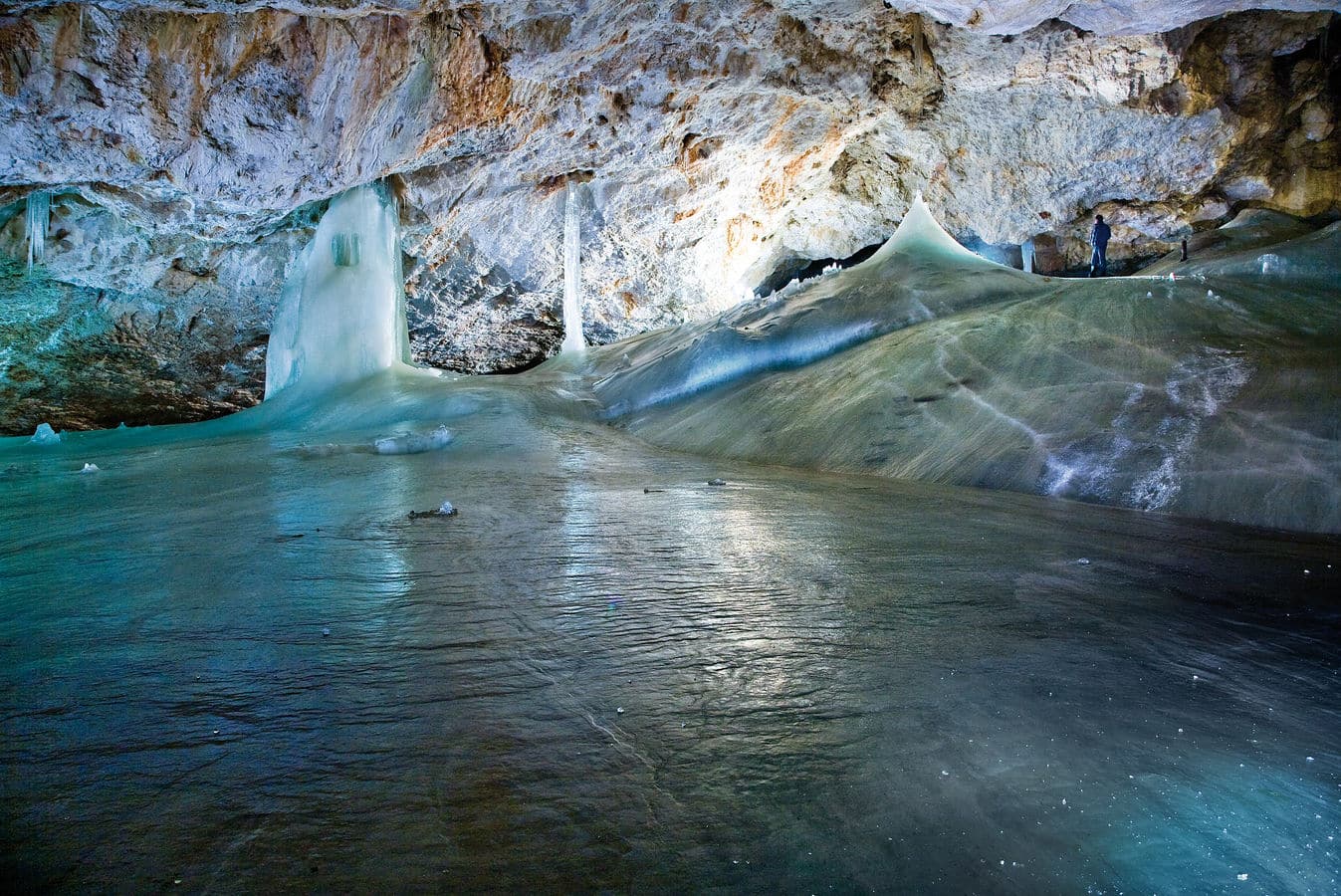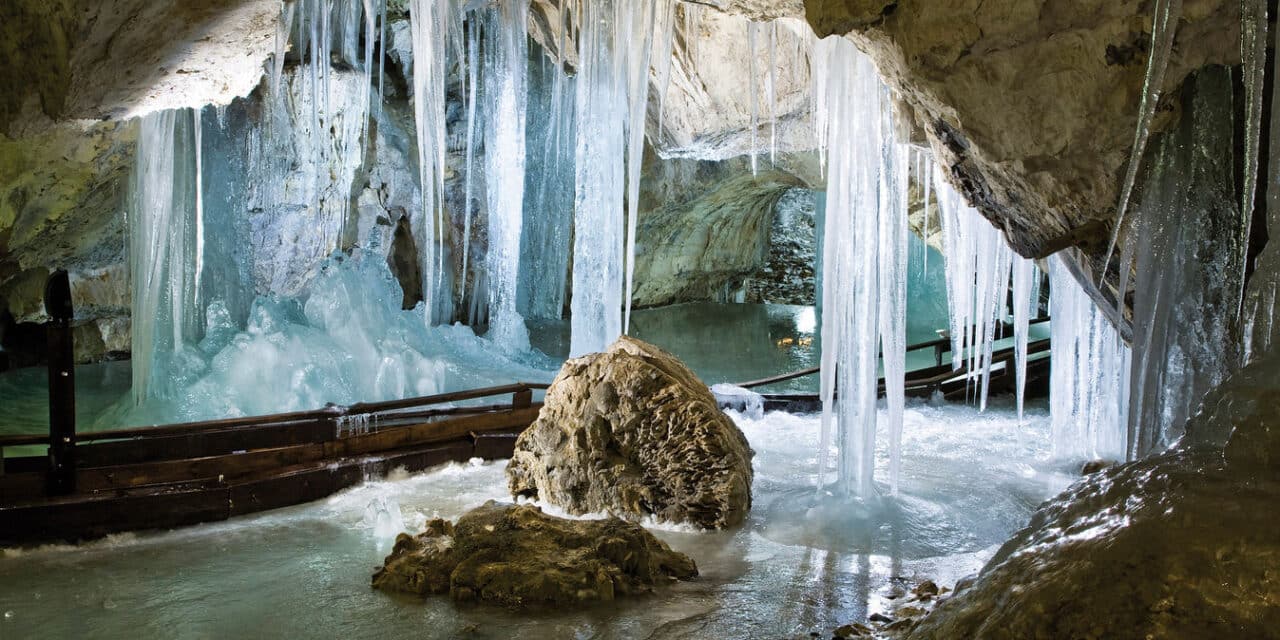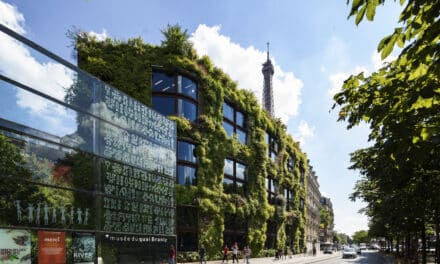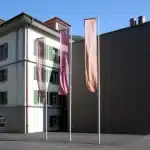The Dobšiná Ice Cave is one of the most important ice caves in the world. It has been listed as a World Heritage Site since 2000.
The Dobšinská ľadová jaskyňa ice cave is located in the Slovak Paradise - Slovenský raj and is one of the largest ice caves in Europe in terms of length and depth. Nowhere else outside the Alpine region can you find so much ice, which is over 25 meters thick in places. Thanks to its significance and uniqueness, the ice cave has been inscribed on the UNESCO World Heritage List.
The entrance, also known as the "ice hole", is located under Duča Hill (1,141 m) on the northern side of the Hanesová Plateau, 971 m above sea level. It can be reached via serpentines with a height difference of 130 m from the settlement of Dobšinská ľadová Jaskyňa. The tour leads along a route with an elevation gain of 43 m and a length of 515 m and takes about 30 minutes.

Ice cave Dobšinská ľadová jaskyňa © Vydavateľstvo DAJAMA
The cave was discovered in 1870 by mining engineer E. Ruffini and opened to the public just one year later by enthusiastic local residents. In 1882, it became the first electrically lit cave in Hungary. Several important personalities visited the ice cave, including the Bulgarian Tsar and the Serbian King. In 1890, a concert was held in the Great Hall in honor of Karl Ludwig von Habsburg. It used to be possible to ice skate in the cave in summer. Originally, there was a connection to the Stratenská jaskyňa cave, but after the collapse of part of the cave, this natural connection was interrupted. This is when the ice actually began to form.
Its length (1,232 m) and depth (112 m) make it one of the largest ice caves in Europe. Nowhere else outside the Alpine region can you find more than 110 thousandm3 of ice, which is over 25 m thick in places. The ice reaches its greatest thickness in the Great Hall - Veľká sieň, up to 26.5 m.
Dobšinská ľadová jaskyňa is the deepest of the world's known ice caves, which emphasizes its uniqueness. The ice is preserved thanks to the shape of the cave, which slopes down from the entrance. Cold air is kept in the lower part, the temperature of which does not rise above freezing even in summer.






















